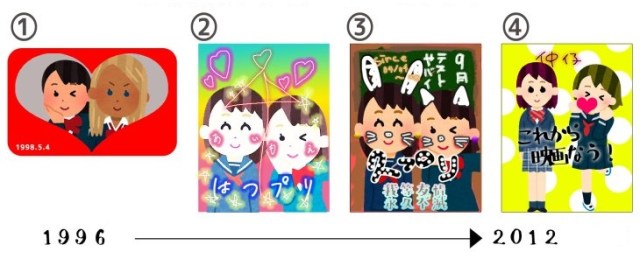
Taking a look back at four eras of the Print Club past.
Purikura (a contracted version of “Print Club”) sticker photos have been part of fashionable teens’ lifestyles in Japan since the mid ‘90s. Individual fashions have changed a lot over the past two-and-a-half decades, though, and in recent years simple purikura without a lot of added accoutrements have been in style.
However, there’s growing interest among today’s Japanese high school girls for the extravagant after-effects of stamps and squiggles that were popular in the earlier days, suggesting that we’re on the cusp of a comeback for the “Heisei purikura” style, Heisei being the Japanese Imperial calendar era that ran from 1989 to 2019. But with Print Club machines first appearing in 1995, there’s 24 years’ worth of Heisei purikura trends, so let’s take a look back at the subsets of purikura history with the help of four of our Japanese-language reporters who experienced them first-hand.
1. Original Heisei purikura era
(as remembered by Mariko Ohanabatake, now 38 years old)
“Purikura were still very new, and the most important thing was choosing a good digital frame/border. We spent a lot of time looking for machines with cool or cute frames that no one else had seen yet.”
● Trendy purikura pose: Standard peace sign
● Trendy words/phrases to add to your photos: your name, the date
2. Early-middle Heisei purikura era
(as remembered by Momo Momomura, 33 years old)
“Purikura booths that made your face look really white were popular. For digital after-effects adding a whole bunch of stamps, especially with rainbow colors, was the big trend. But then when I got into high school, people started saying that using too many pre-set stamps or backgrounds were lame, so the cool thing to do was to use the stylus to add a bunch of hand-written touches or doodles.”
● Trendy poses: Sticking out your tongue, looking down while the picture was taken
● Trendy words/phrases: zuttomo (“friends forever”), ageage (“pumped up”), hastupuri (“first purikura together”), SMILE (written in English).
3. Late-middle Heisei purikura era
(as remembered by Puniko Ninoude, 29 years old)
“We’d just add in all the words and stamps that we could fit! Drawing a heart on your cheek, giving yourself rabbit ears, and using the jewelry stamps were all ways to up your cuteness factor.”
● Trendy poses: Making a peace sign with your chin resting at the base of the V, backwards peace signs, and silly faces in general
● Trendy words/phrases: hatsupuri, ohatsu (“first time”), hisapuri (“first purikura together in a while”), “since ~” (written in English, followed by the date)
4. Late Heisei purikura era
(as remembered by Suzu An, 26 years old)
“By this point, they started bringing out machines where you could use the stylus to digitally alter your hair color, and I did that all the time!”
● Trendy poses: Holding your bangs in your fingers, resting your chin at the base of your peace sign
● Trendy words/phrases: kore kara ~ nau (“after this, we’ll be going to ~,” with the nau/”now” that early Twitter adopters in Japan used to tag their location)
Considering that nowadays pretty much every Japanese teen who has a social life also has a smartphone, and by extension a camera, it might seem kind of weird that purikura booths still exist. But even with the option to whip out their phone and snap a selfie whenever they feel like it, there’s nothing quite like the collaborative fun of piling a group of friends into a booth, collaborating on how to decorate the snapshots, and having an instant, physical reminder of the fun when you retrieve your photos from the slot, and we’ll be watching to see which purikura trends come back, and which new ones get created.
Images: SoraNews24
● Want to hear about SoraNews24’s latest articles as soon as they’re published? Follow us on Facebook and Twitter!
[ Read in Japanese ]

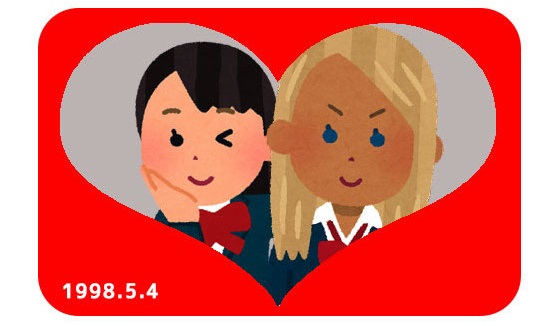
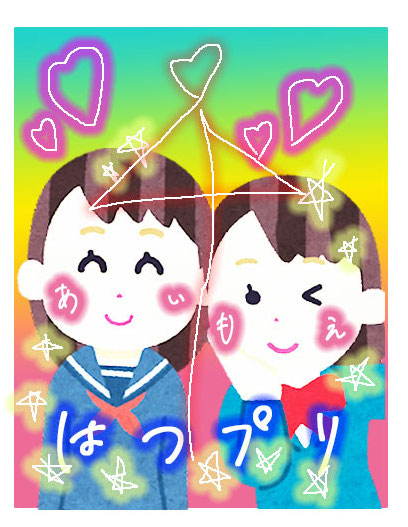
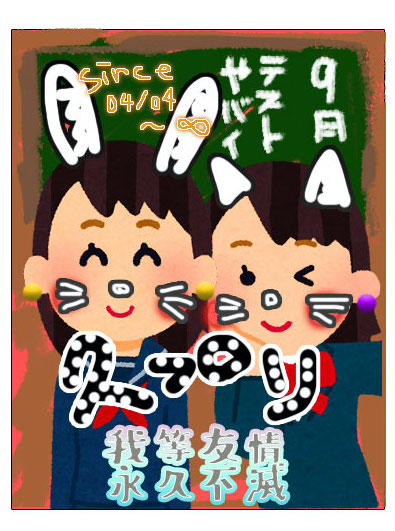
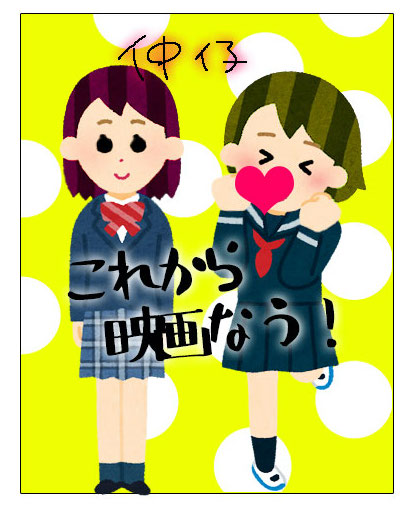
 What’s hiding under all those Japanese sticker picture stamps? Twitter illustrator has an idea
What’s hiding under all those Japanese sticker picture stamps? Twitter illustrator has an idea Special photo booths let you pose with sumo wrestlers without having to strap on a loincloth
Special photo booths let you pose with sumo wrestlers without having to strap on a loincloth Tokyo and Osaka girls become yabai friends with world’s first long-distance purikura
Tokyo and Osaka girls become yabai friends with world’s first long-distance purikura Say “thank you” to the Heisei era with a can of Hesei air
Say “thank you” to the Heisei era with a can of Hesei air How to convert the Western calendar to Japanese Reiwa years
How to convert the Western calendar to Japanese Reiwa years McDonald’s new Happy Meals offer up cute and practical Sanrio lifestyle goods
McDonald’s new Happy Meals offer up cute and practical Sanrio lifestyle goods All-you-can-drink Starbucks and amazing views part of Tokyo’s new 170 meter-high sky lounge
All-you-can-drink Starbucks and amazing views part of Tokyo’s new 170 meter-high sky lounge More foreign tourists than ever before in history visited Japan last month
More foreign tourists than ever before in history visited Japan last month Starbucks reopens at Shibuya Scramble Crossing with new look and design concept
Starbucks reopens at Shibuya Scramble Crossing with new look and design concept The oldest tunnel in Japan is believed to be haunted, and strange things happen when we go there
The oldest tunnel in Japan is believed to be haunted, and strange things happen when we go there Beautiful Sailor Moon manhole cover coasters being given out for free by Tokyo tourist center
Beautiful Sailor Moon manhole cover coasters being given out for free by Tokyo tourist center Foreign English teachers in Japan pick their favorite Japanese-language phrases【Survey】
Foreign English teachers in Japan pick their favorite Japanese-language phrases【Survey】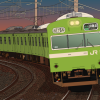 Man doesn’t want to waste money on software, creates brilliant illustrations on Excel instead
Man doesn’t want to waste money on software, creates brilliant illustrations on Excel instead Is the new Shinkansen Train Desk ticket worth it?
Is the new Shinkansen Train Desk ticket worth it?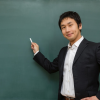 Awesome Japanese elementary school teacher rewards kids who use independent learning on his tests
Awesome Japanese elementary school teacher rewards kids who use independent learning on his tests Disney princesses get official manga makeovers for Manga Princess Cafe opening in Tokyo
Disney princesses get official manga makeovers for Manga Princess Cafe opening in Tokyo We try out “Chan Ramen”, an underground type of ramen popular in the ramen community
We try out “Chan Ramen”, an underground type of ramen popular in the ramen community Beautiful new Final Fantasy T-shirt collection on the way from Uniqlo【Photos】
Beautiful new Final Fantasy T-shirt collection on the way from Uniqlo【Photos】 There’s a park inside Japan where you can also see Japan inside the park
There’s a park inside Japan where you can also see Japan inside the park Japanese convenience store packs a whole bento into an onigiri rice ball
Japanese convenience store packs a whole bento into an onigiri rice ball Studio Ghibli releases Kiki’s Delivery Service chocolate cake pouches in Japan
Studio Ghibli releases Kiki’s Delivery Service chocolate cake pouches in Japan Japan’s bone-breaking and record-breaking roller coaster is permanently shutting down
Japan’s bone-breaking and record-breaking roller coaster is permanently shutting down New definition of “Japanese whiskey” goes into effect to prevent fakes from fooling overseas buyers
New definition of “Japanese whiskey” goes into effect to prevent fakes from fooling overseas buyers Foreign passenger shoves conductor on one of the last full runs for Japan’s Thunderbird train
Foreign passenger shoves conductor on one of the last full runs for Japan’s Thunderbird train Our Japanese reporter visits Costco in the U.S., finds super American and very Japanese things
Our Japanese reporter visits Costco in the U.S., finds super American and very Japanese things Kyoto bans tourists from geisha alleys in Gion, with fines for those who don’t follow rules
Kyoto bans tourists from geisha alleys in Gion, with fines for those who don’t follow rules Studio Ghibli unveils Mother’s Day gift set that captures the love in My Neighbour Totoro
Studio Ghibli unveils Mother’s Day gift set that captures the love in My Neighbour Totoro Domino’s Japan now sells…pizza ears?
Domino’s Japan now sells…pizza ears? New Japanese KitKat flavour stars Sanrio characters, including Hello Kitty
New Japanese KitKat flavour stars Sanrio characters, including Hello Kitty Sales of Japan’s most convenient train ticket/shopping payment cards suspended indefinitely
Sales of Japan’s most convenient train ticket/shopping payment cards suspended indefinitely Sold-out Studio Ghibli desktop humidifiers are back so Totoro can help you through the dry season
Sold-out Studio Ghibli desktop humidifiers are back so Totoro can help you through the dry season Japanese government to make first change to romanization spelling rules since the 1950s
Japanese government to make first change to romanization spelling rules since the 1950s Ghibli founders Toshio Suzuki and Hayao Miyazaki contribute to Japanese whisky Totoro label design
Ghibli founders Toshio Suzuki and Hayao Miyazaki contribute to Japanese whisky Totoro label design Doraemon found buried at sea as scene from 1993 anime becomes real life【Photos】
Doraemon found buried at sea as scene from 1993 anime becomes real life【Photos】 Tokyo’s most famous Starbucks is closed
Tokyo’s most famous Starbucks is closed One Piece characters’ nationalities revealed, but fans have mixed opinions
One Piece characters’ nationalities revealed, but fans have mixed opinions We asked a Uniqlo employee what four things we should buy and their suggestions didn’t disappoint
We asked a Uniqlo employee what four things we should buy and their suggestions didn’t disappoint Princesses, fruits, and blacksmiths: Study reveals the 30 most unusual family names in Japan
Princesses, fruits, and blacksmiths: Study reveals the 30 most unusual family names in Japan Studio Ghibli’s new desktop Howl’s Moving Castle will take your stationery on an adventure
Studio Ghibli’s new desktop Howl’s Moving Castle will take your stationery on an adventure Japan Post Service to hold super-kawaii pop-up event in Shibuya aimed at Gen Z-ers
Japan Post Service to hold super-kawaii pop-up event in Shibuya aimed at Gen Z-ers End of the Heisei Era: Japanese government to announce new era name on 1 April
End of the Heisei Era: Japanese government to announce new era name on 1 April Mr. Sato went to Ganguro Cafe and discovered his beautiful inner gyaru 【Pics】
Mr. Sato went to Ganguro Cafe and discovered his beautiful inner gyaru 【Pics】 Four new era names the Japanese government rejected before deciding on Reiwa
Four new era names the Japanese government rejected before deciding on Reiwa Japanese government proposes driver’s license change to make them easier for foreigners to read
Japanese government proposes driver’s license change to make them easier for foreigners to read Air from 2022 for sale on Japanese flea market app Mercari
Air from 2022 for sale on Japanese flea market app Mercari Japanese newspapers announcing the new “Reiwa” era are being auctioned online for high prices
Japanese newspapers announcing the new “Reiwa” era are being auctioned online for high prices The one-year countdown officially begins for the end of the Heisei Era
The one-year countdown officially begins for the end of the Heisei Era How do you say “Happy New Era” in Japanese?
How do you say “Happy New Era” in Japanese? Reiwa era gets anthropomorphised into a Japanese anime girl by otaku artists
Reiwa era gets anthropomorphised into a Japanese anime girl by otaku artists Pager service officially ends in Japan, funeral service for outdated tech held in Akihabara【Pics】
Pager service officially ends in Japan, funeral service for outdated tech held in Akihabara【Pics】 J-pop royalty Ayumi Hamasaki teams up with Club Harie for collaborative baum cakes
J-pop royalty Ayumi Hamasaki teams up with Club Harie for collaborative baum cakes Twitter users say Japanese Prime Minister’s name is hiding in the kanji for Japan’s new era name
Twitter users say Japanese Prime Minister’s name is hiding in the kanji for Japan’s new era name Japanese Emperor abdication date revealed by government officials in new report
Japanese Emperor abdication date revealed by government officials in new report
Leave a Reply